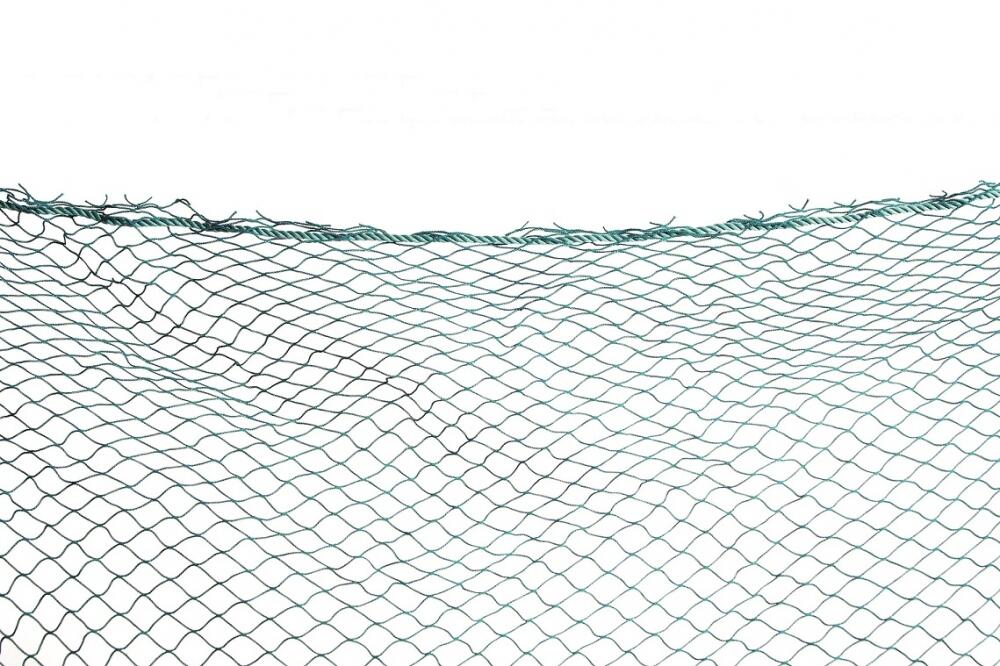Too wide a net

Bill Dodwell considers the impact and reach of the EU Mandatory Disclosure rules
In June 2017, the European Commission produced a draft Directive on Mandatory Disclosure Rules. The Council of Finance Ministers reached political agreement on the Directive in March. The final version is expected to receive formal approval at the 25 May ECOFIN meeting. It will then be published in the Official Journal and takes effect 20 days later. Member states will need to transpose the Directive into national law by 31 December 2019. New arrangements entered into from 1 July 2020 must be disclosed to national tax authorities within 30 days. Arrangements entered into from the date the Directive took effect (i.e. June/July 2018) must be disclosed in August 2020.
The process and the shape of the new law illustrates the unsuitability of some of the EU’s approach to making tax law. The Directive applies to cross-border arrangements and to those designed to circumvent the disclosure of information under automatic information exchange. As anyone involved with the UK’s Tax Disclosure rules will know, there is inevitable detail in defining what is a disclosable arrangement; who should disclose and when it should be disclosed. The draft Directive lacks clarity on much of this detail, which is likely to mean that implementation will be inconsistent across the Union. This is exactly the type of area which benefits from consultation with practitioners; the EU’s procedures do not allow for this. The Commission, which drafts the law, has no responsibility for implementing it at the detailed operational level and so lacks that experience.
The law defines two categories of intermediary which, if they have some presence in the EU, are within the rules. The main category is any person that designs, markets, organises or makes available for implementation or manages the implementation of a reportable cross-border arrangement. The subsidiary category is any person that knows or could be reasonably expected to know that they have undertaken to provide aid, assistance or advice with respect to designing, marketing, organising, making available for implementation or managing the implementation of a reportable cross border arrangement. This category may show that they did not have the knowledge that there was a reportable cross-border arrangement. Intermediaries do not need to disclose where, under national law, legal professional privilege applies to the advice – but they must notify other intermediaries and taxpayers of this. Tax advisers in a number of member states (notably France) are primarily lawyers. It is understood that German tax advisers consider that taxpayer confidentiality falls within the privilege definition, which will pass the disclosure burden to others.
Intermediaries and taxpayers will not need to disclose arrangements where they have proof that the arrangement has been disclosed in another member state by others.
Those which do need to disclose must pass the prescribed information to their national tax authority within 30 days of making the arrangement available, or commencing the first step. Quarterly returns are needed for marketable arrangements (essentially those in standard form) giving taxpayer details.
There are five categories (A-E) of disclosable arrangements. Categories A, B and part of C are subject to a main benefit test. This means where the main benefit or one of the main benefits which, having regard to all relevant facts and circumstances, a person may reasonably expect to derive from an arrangement is the obtaining of a tax advantage.
Category A will be familiar to UK advisers: it has hallmarks of confidentiality; a fee based on the amount of the tax advantage, or where there are standardised arrangements.
Category B covers acquiring corporate tax losses where the company’s main activity is discontinued; the conversion of income into capital, or categories taxed at lower rates; or where there are circular or offsetting transactions.
Category C includes payments to a recipient in a jurisdiction with a zero or almost zero tax rate, or where the income is exempt, or benefits from a preferential regime. In all cases, the main benefit test qualifies this test. There is a second area in the category without a main benefit test: obtaining tax depreciation for the same asset in more than one jurisdiction.
Category D covers an arrangement which may have the effect of undermining the reporting obligation under EU law, or any equivalents, on the automatic exchange of information, including hiding behind legal structures.
Category E covers transfer pricing. It requires disclosure where use of made of unilateral safe harbour rules, or where there is a transfer of hard-to-value intangibles. The final category covers a cross-border intragroup transfer of functions, risks, or assets where the transferor transfers more than half the projected future profit from the items transferred. This is also very broad – and seems to pick up business transfers falling within the scope of the Mergers Directive. Since this category is not qualified by the main benefit, it must be taken as an informational hallmark. There are likely to be many occasions where perfectly straightforward transactions take place in these areas.
Although the aim of ensuring tax authorities have access to information is sensible, the Directive is too broad. All those in the advisory community will need to establish processes swiftly to gather data prior to 2020 disclosure.


